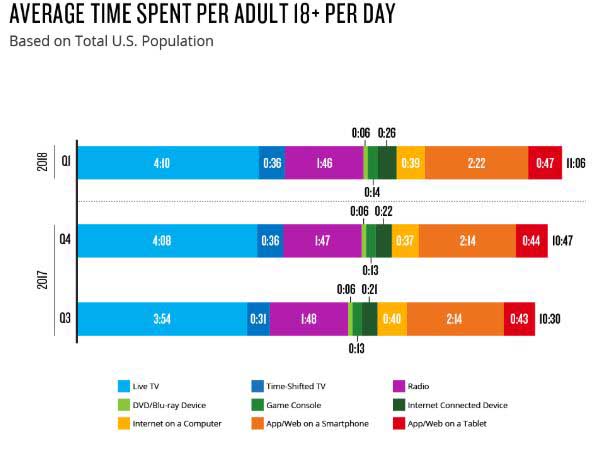THE BRILLIANCE OF OMNICHANNEL RETAILING
The importance of the seamless customer experience
2019 is shaping up to be a big year for the omnichannel retailer. According to the National Retail Federation, retailers saw a 40 percent increase in multi-channel shopping in the 2018 holiday season, with social and mobile technologies reigning supreme in the customer shopping experience.
But what is omnichannel retailing anyway and how do retailers benefit?
ANSWER TO THE MILLION DOLLAR QUESTION
Think of it as retailers having a unified brand experience. Omnichannel retailing — or, omnichannel (meaning, all channels) — is a fully-integrated approach to commerce that provides shoppers a unified experience across online and offline channels (e.g., touchpoints).
True omnichannel shopping is about providing consistent, yet unique and contextual brand experiences across multiple customer-aware touchpoints, including brick and mortar, marketplaces, web, mobile and social.
It’s about allowing consumers to purchase wherever they are while communicating in a way that is in tune with why they use a given channel and showing awareness of their individual stage in the customer lifecycle.
How to Implement an Omnichannel Retail Strategy:
Capture Data, Track Conversions & Target Messaging
User Experience and Customer Experience are Priority #1
Automate to Save Your Sanity
Different Channels Means Different Devices (Including Your Feet)
Allocate the Resources, and Use Helpful Technology
Convert, then Deliver on the Promise
STAY AHEAD OF THE GAME
As retailers find ways to cater to shoppers both online and in physical stores, the following cross-channel strategies may be key to staying on top.
Cater to Mobile Shoppers
As younger, mobile-native shoppers influence buying behavior, retailers need frictionless brand experiences across online, physical, and mobile storefronts. The retail management platform needs to seamlessly manage cross-channel inventory and sales in one place, as well as track cross-channel customer activity to deliver a deeper understanding of customer behaviors and preferences, which in turn drives wiser merchandising decisions.Focus on personalization and loyalty programs
Omnichannel, personalization and price consideration go hand in hand. There is a generation of value-conscious shoppers who choose price and personalized experiences over brand affinity.BOPIS (buy online, pick up in store – my personal favorite)
This is a great way to drive foot traffic and sales in actual stores and is emerging as an essential part of the omnichannel strategy. Retailers will need to focus on automation technologies and intelligent supply chains to enable seamless synchronization between supply, demand, and fulfillment.
IDEAL SCENARIO
If done correctly, a sample omni-channel customer experience may look like this:
A customer discovers and buys from your brand through Amazon.
They receive a tailored-for-Amazon unboxing experience, with inserts that promote inventory not found on Amazon along with a discount, information about your loyalty program, your store and your website.
The landing page triggers retargeting pixels for your Facebook shop, Buyable Pins, and Display remarketing ads promoting products that complement what they bought.
If the customer buys again, the customer receives an email notifying them of a nearby retail location, the option to ship to store, and promotes the “refer-a-friend” program.
Follow-up emails encourage the customer to check out new product on Pinterest or tagging the company on Instagram and promote the loyalty program (if they haven’t joined) which adds bonus points for following on different social media channels.
Before your next store event / promotion, loyal customers are sent a link to preview new merchandise, are encouraged to buy from their phones, and are notified of an exclusive, members-only discount/promotion.
At the end of the day, it is about inviting the customer to take actions that don’t feel forced or contrived – they seamlessly travel from one channel to the next. As they evolve from buyer to loyal customer, your brand’s communications also deepen to accurately reflect where they are in the customer journey.
WHAT’S THE BIG PICTURE?
We live in an age of constant connectivity. Americans spend an average of 11 hours of their day in front of a screen. That’s over 330 hours a month consuming a sea of media on a variety of devices… and a lot of opportunities for retailers to get product in front of potential buyers!
The trick is to be omnipresent and truly understanding where your target market is paying attention – then inserting the brand at the intersections of those media properties without being pushy. The goal is to build a sense of familiarity within a target market and provide customers with a sense of consistency in an overwhelming media landscape.


